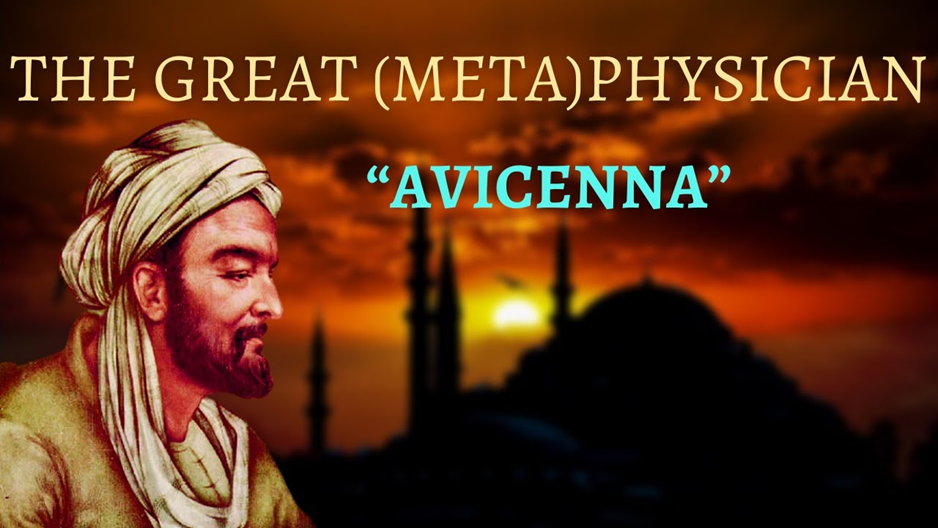 By Neenah Payne
By Neenah Payne
We are told that Hippocrates (450 BCE to 380 BCE), a Greek physician, was the founder of Western medicine. Doctors today take “The Hippocratic Oath” which commits them to “First, do no harm”. However, probably almost no Americans or Europeans have heard of Ibn Sina (980-1037), known as “Avicenna” in the West. Yet, the contributions of Ibn Sina impact our daily lives much more than anything Hippocrates did. So, why haven’t we been told about him?
1001 Inventions: Muslim Heritage in Our World shows that for over 800 years, Arab countries were what we would call today “First world” and Europe was a very backwards “Third world” in every way. Europe’s Dark Ages Were Islam’s Golden Ages! explains that Europe came out of the Dark Ages only because it borrowed heavily from the Golden Age of the Muslim world. Without the massive, multi-faceted help over centuries from Arabs, Europe might still be in the Dark Ages today.
Ibn Sina: The Man Who Taught Europe Medicine
Did you know that Ibn Sina’s encyclopedia, "The Canon of Medicine", was the main reference work for medical studies in European universities until the 19th century? pic.twitter.com/ehRlaR80dr
— Meem Magazine English (@meem_magazine) December 10, 2020
The Canon of Ibn Sina: The man who taught Europe medicine
The Golden Age of Science (8th-14th Centuries)
The video below discusses the contributions of Ibn Sina starting around 34 minutes. Around 40 minutes, the video explains that the Arabs were translating Egyptian hieroglyphs centuries before Europeans and discovered the connection between the hieroglyphs and Arabic!
Science and Islam – Islamic Knowledge (Jim Al-Khalili) | Science Documentary 7/15/18
Physicist Jim Al-Khalili travels through Syria, Iran, Tunisia, and Spain to explore the relationship between science and Islam. Throughout his journey, he will tell the story of the leap in scientific knowledge that happened in the Islamic world between the 8th and 14th centuries and explain how this knowledge helped establish modern science.
Science In The Golden Age
Science in a Golden Age – Al-Razi, Ibn Sina and the Canon of Medicine 2/6/17
We explore the links between medical research in the Golden Age of Science and the modern practice of medicine today. Standing in one of the largest neo-natal units in the world at Hamad Hospital in Qatar, you would not immediately be able to draw a link between the pioneering medical research being conducted and the work of physicists from the 9th century.
In this episode of Science in the Golden Age, theoretical physicist Jim al-Khalili guides us through a journey of discovery where he highlights the links between medical research in the Golden Age of Science during the 9th and 14th centuries and the modern practice of medicine today.
At Hamad Hospital, a new treatment is being trialled for babies born with a neurological disorder called neo-natal encephalopathy. Senior consultant Dr Samawal Lutfi explains how the double blind placebo control method ensures the accuracy of the study. This notion of a control group goes all the way back over a thousand years to a Persian physician by the name of Al-Razi who built the first hospitals in Baghdad. He was an early proponent of applying a rigorous scientific approach to medicine and used a control group when testing methods to treat meningitis in the 9th century.
At Harefield Hospital in the UK, we meet Professor Magdi Yacoub, a pioneering transplant surgeon and one of the world’s leading heart specialists. Professor Yacoub explains how the 13th century Syrian scholar Ibn al-Nafis redefined the understanding of pulmonary circulation. He challenged the commonly accepted wisdom of the Greek scholar Galen, who had said that blood passes directly between the heart’s right and left ventricle through the septum, the dividing wall that separates them.
Ibn al-Nafis put forward the idea that blood could not pass directly between the right and left chambers of the heart – and that the lungs had a role to play in this process. Ibn al-Nafis’ description was not widely accepted at the time, and it wasn’t until his manuscript was re-discovered in the 20th century that his work was universally recognised.
From Al-Razi, to Ibn al-Nafis, to the 10th-century philosopher and physician Ibn Sina, Jim examines the most influential medics of the Golden Age. He shows us his personal copy of Ibn Sina’s Al-Qanun fi al-Tibb (‘The Canon of Medicine’), a comprehensive text which was the pinnacle of medical knowledge at that time. It was widely copied and translated, becoming a standard medical reference across the world for centuries.
Jim ends his journey at the Weill Cornell Medical College in Qatar, learning how the institute is using the latest equipment to map the human genome. The genome is the complex genetic code contained in every one of our cells and sequencing it can reveal possible diseases that are inherited. Focusing on genetic and hereditary diseases specifically affecting the Qatari population, scientists from around the world have come together to work on this ambitious project that somewhat parallels Baghdad’s Bayt al-Hikma (The House of Wisdom), the renowned centre of learning that played an integral role in the Islamic world’s scientific advancement.
Ibn Sina’s Canon of Medicine: The Blueprint for Medical Education
In this video, we delve into the life, legacy, and contributions of one of the greatest minds in history, Ibn Sina, also known as Avicenna. Ibn Sina was a child prodigy who excelled in philosophy, mathematics, and medicine at a young age. He went on to write over 450 books on various subjects, including medicine, philosophy, theology, astronomy, and poetry.
His most famous work, the Canon of Medicine, was a comprehensive medical encyclopedia that covered topics such as anatomy, physiology, pharmacology, and pathology. The Canon of Medicine became one of the most influential medical texts in Europe and the Islamic world for centuries to come.
Ibn Sina/Avicenna: The Canon of Modern Medicine
Avicenna, or Ibn-e Sina, who lived during the Islamic Golden Age, was born in Afshana village in Bukhara, Uzbekistan, in 980 and died in 1037 at the age of 56 in Hamedan….He is among the influential figures in philosophy, mathematics, medicine, astronomy, logic, music, chemistry, physics, etc. He owes his global fame to his valuable books concerning medicine and philosophy so that his book The Canon of Medicine is taught in various universal universities.
Abu Ali Sina succeeded in memorizing the holy Quran, was skilled in literature, and was a step-by-step professional in various fields, including Greek sciences; therefore, he became a court physician in Bukhara when he was 17. Then he moved to Gurgan, Ray, Hamedan, Isfahan, and Khuzestan; however, he returned to Hamedan, passed away after a short time, and was buried many miles away from his birthplace. His birth date is celebrated as the physician’s day in Iran, and The Dark Side of the Moon is called Avicenna Crater in his honour. Various hospitals and colleges in Tehran, Isfahan, Shiraz, Istanbul, France, Pakistan, etc., selected Avicenna’s name to commemorate this prominent Iranian figure.
What Is the Legacy of Avicenna?
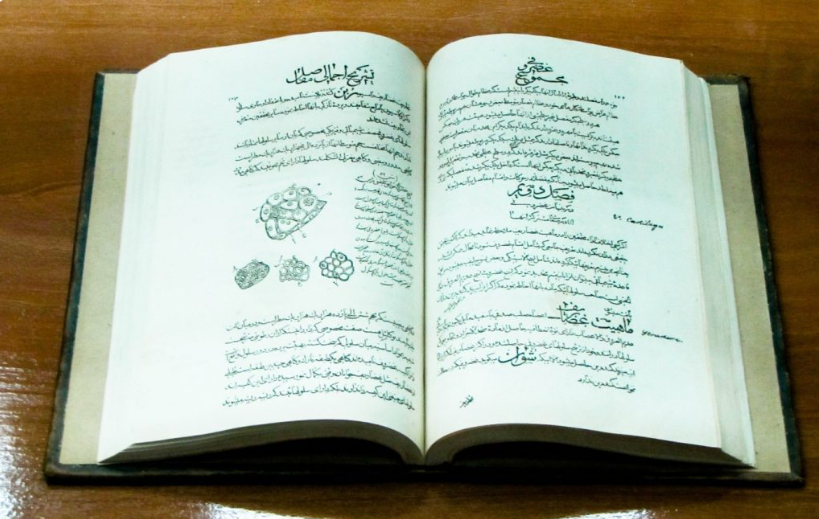 The Canon of medicine written by Avicenna
The Canon of medicine written by Avicenna
The critical role of Avicenna in logic, philosophy, and medicine is undeniable, and his books are translated and paraphrased in different languages so that experts can benefit from his specialized viewpoints. An interesting point concerning this notable Iranian physician is depicting his figure by Dante in Divine Comedy debating with well-known thinkers such as Socrates, Virgil, Plato, and Lucan. Indeed, he has changed the destiny of intellectual history in the West and East. Famous authors like George Sarton considered him the legendary Islamic scientist who was a unique and matchless person. He is a national figure in Iran and nearby countries.
Made in northern Italy during the first half of the fifteenth century, Avicenna’s Canon of Medicine counts as one of the most exhaustive medical encyclopedias of its age. The five volumes, spanning a total of 532 numbered parchment folios, contain the most prominent Hebrew translation of Avicenna’s Canon of Medicine, which has been penned in over one hundred copies. The manuscript provides invaluable information on late medieval medicine and boasts stunning miniatures and sophisticated decorations where rich color hues blend with gold details.
Avicenna – also known as Ibn Sina – was a famous polymath who lived in what is modern-day Iran from 980 until 1037 CE. His Canon of Medicine was translated in many languages and published in dozens of copies throughout the centuries — MS 2197 features the only complete and most popular Hebrew version, completed in 1279 by Natan ha-Meati.
An Exquisitely Elegant Medical Compendium
The manuscript’s painted decoration includes ten large miniatures and nearly 500 pages decorated with a wealth of floral borders, animal miniatures, zodiac signs, and golden frames with sophisticated flower motifs. The founder of paleography Bernard de Montfaucon defined the volume as Liber Avicennae elegantissimus (the most elegant).
Consistent with medical manuscript tradition, most miniatures in Avicenna’s Canon of Medicine (MS 2197) show a physician exercising his profession in a variety of scenes: a wrist test, a urine test, a pharmacy, and the curing of mental illness with medicinal herbs. The miniatures have been attributed to Leonardo da Besozzo and Cristoforo Cortese.
Among the scenes that have made the volume famous are an Italian fifteenth-century pharmacy filled with wicker baskets and blue-and-white majolica vases (fol. 492r); an allegorical representation of the schola medica Salernitana in which the wife of Robert Curthose Duke of Normandy saves him from empoisonment by drinking blood out of a wound in his arm (fol. 210r); and a mentally ill person trapped in a cage (fol. 78r)….
A Manuscript’s Journey to France
Until the eighteenth century, the work was kept in the library of the convent of Saint Dominic in Bologna. When French troops entered the city in 1796, Avicenna’s Canon of Medicine was taken to Paris together with hundreds of other manuscripts. After Napoleon’s downfall, the Canon was taken back to Italy and stored in Bologna’s Pontifical Library, today the University Library….
Binding
The Amazing Discoveries of ibn Sina by Fatima Sharafeddine. Ibn Sina is the renowned Muslim scientist who performed miracles in the field of medicine and more especially about the structure, defects and working of human eyes. He was not only the scientist but also physician, philosopher and thinker. He has the honor of writing more than one hundred books on different topics. He originally belonged to Persia. He worked on many discoveries.
Ibn Sina is also known as Bu Ali Sina. His thirst for knowledge made him the anxious reader and learner. The canon of medicine was interested in the experimental science and did many experiments which helped him to devise new theories and then form the principals which are still present in the modern science and are guiding the scientists about the field of optics.
Ibn Sina was still ten years of age when he learnt the Holy Quran and it took only sixteen years for him to complete his study of medicine. He was interested in the field of physics, education, chemistry and astronomy. The book which won him perpetual fame and popularity is Canon of Medicine. It is a kind of collection that served as the guide for the young learners in the Muslims as well as the European universities for decades and centuries. This collection is also known as the healer books as they contain the disease and their treatment.
The Amazing Discoveries of Ibn Sina 4/1/15
The life story of Ibn Sina (980-1037), one of the greatest philosophers, scientists, and physicians of the Islamic world.
Born in Persia more than a thousand years ago, Ibn Sina was one of the greatest thinkers of his time ― a philosopher, scientist, and physician who made significant discoveries, especially in the field of medicine, and wrote more than one hundred books.
As a child, Ibn Sina was extremely bright, a voracious reader who loved to learn and was fortunate to have the best teachers. He memorized the Qur’an by the age of ten and completed his medical studies at sixteen. He spent his life traveling, treating the sick, seeking knowledge through research, and writing about his discoveries. He came up with new theories in the fields of physics, chemistry, astronomy, and education. His most famous work is The Canon of Medicine, a collection of books that were used for teaching in universities across the Islamic world and Europe for centuries.
Ibn Sina’s story, told in the first person and beautifully illustrated, provides a fascinating glimpse into the life of one of the great intellects of the past.
Ibn Sina – Master of All Sciences (Philosophy) 1/1/22
Ibn Sina, otherwise known in the West as “Avicenna”, was an intellectual titan of the Islamic Golden Age. Deriving the cosmological argument for the existence of God, and articulating a systemic proof for human consciousness, Ibn Sina’s impact on Islamic philosophy and metaphysics cannot be understated. Hailing from Afshona in modern day Uzbekistan, Ibn Sina would take heavy inspiration from another local central Asian philosopher, Al-Farabi, motivating his study of the philosophical sciences.
As well as an astute thinker, Ibn Sina was talented in practical matters as well, often seen treating patients as a physician — for which he is also remembered. A true polymath and scientific genius, Ibn Sina would earn the title as the Master of All Sciences for his broad contributions to scientific disciplines, completing over 400 highly influential works. This is the fourth video in the Oases of Wisdom series on Islamic Philosophers. This is part four of our series on Islamic philosophy.
Muslim scholar Ibn Sina first came up with idea of quarantine 4/6/20
It was the Persian scholar of medicine, Ibn Sina (980-1037) who first came up with the idea of quarantine to prevent spread of diseases. He suspected that some diseases were spread by microorganisms; to prevent human-to-human contamination, he came up with the method of isolating people for 40 days. He called this method al-Arba’iniya (“the forty”).
Hence, the origin of the methods currently being used in much of the world to fight pandemics have their origins in the Islamic world.
Ibn Sina is also known as Abu Ali Sina and often known in the west as Avicenna. He was a Persian polymath who is regarded as one of the most significant physicians, astronomers, thinkers and writers of the Islamic Golden Age, and the father of early modern medicine.
In the article ‘Ibn Sina: An Exemplary Scientist’ published in ‘the fountain’ authors Ihsan Ali / Ahmet Guclu quoted, Richard Colgan’s book ‘Advice to the Young Physician’ published from New York, in which the author wrote: “Ibn Sina (known as Avicenna in Latin and in the West) in his masterpiece The Canon of Medicine (United States National Library of Medicine, MS A 53) states that “Body secretions of a host organism (e.g., human being) are contaminated by tainted foreign organisms that are not visible by naked eye before the infection.” Let’s paraphrase this millennium-old statement as “Infections are caused by the contamination of body secretions of host organisms by foreign tainted microorganisms.”
It is quite impressive that this definition is almost the same definition we use today for infections and more importantly that Ibn Sina hypothesized on the existence of microorganisms. Ibn Sina went even further to hypothesize that microbial diseases (e.g. tuberculosis) could be contagious and that those who are infected should be quarantined. Let’s briefly review the discovery of microorganisms and be further astonished with the intuition and vision of the “Father of Early Modern Medicine”.
The authors further quoted Robert Koch’s book ‘A Life in Medicine and Bacteriology’ published from Washington, D.C. which read: “In the seventeenth century, nearly seven centuries after Ibn Sina, the Dutch scientist Anton van Leeuwenhoek (also referred to as the “Father of Microbiology”) observed microorganisms under a microscope (van Leeuwenhoek 1980).
With his fundamental discovery, he showed that there were living organisms that were not visible to the naked eye. What van Leeuwenhoek did not realize was that these microorganisms (e.g. pathogen: a disease causing microbe) could actually be the cause of infections. This is contrary to the discoveries made by Ibn Sina seven centuries earlier that microorganisms could be the cause of infections despite the extremely limited evidence for the existence of microorganisms at the time.
Nearly two centuries after Leeuwenhoek’s first observation of microorganisms, in 1876, Robert Koch, a German physician, postulated that microorganisms could actually be the cause of infection and therefore disease by his fundamental observation that the blood of an infected animal that contained pathogenic bacteria that, when transferred to a healthy animal caused the recipient animal to become sick.”
Ibn Sina’s gigantic medical encyclopedia al-Qanun fi al-Tibb (The Canon of Medicine), comprising of upwards of a million words, has been used as the standard medical textbook up until the seventeenth century and is still widely considered a valuable resource for the study of medicine.
Remembering Ibn Sina, Iranian genius who mesmerized world with his wisdom 8/23/23
By Humaira Ahad
Abu Ali al-Hussain ibn Abdullah al-Balkhi was born in 980 CE in the village of Afshana in present-day Uzbekistan. The philosopher, physician, mathematician, astronomer and scholar, Ibn Sina is widely recognized today as the “father of modern medicine”….
Ibn Sina’s Persian father was a bureaucrat in the ruling Samanid Empire. Having a privileged upbringing, he received a good education and, by the age of 10, had memorized the entire Qur’an and later dedicated his life to the study of medicine, philosophy, astronomy, music and other sciences.
In addition to being the father of modern medicine, Ibn Sina is also known as one of the most influential philosophers of the pre-modern era. Well-versed in early Islamic, Pre-Islamic, Persian, Greek and Oriental philosophy, Ibn Sina contributed significantly to Islamic thought and is regarded by some as the “founder of scholastic philosophy in its systematic formulation.”
Abu Ubayd Jozjani, a disciple and biographer of Ibn Sina, writes that the polymath lived a comparatively unstable life due to the irregular political and social environment of the time. He had to change places constantly until he found stability in Isfahan, a city in central Iran. Most of the 220 works that are attributed to him were completed in Isfahan.
Ibn Sina the physician
One of Ibn Sina’s famous works, “Al-Qanun fi al-Tibb”, also known as “The Canon of Medicine” is an extensive encyclopedia of medical knowledge from ancient sources. It was translated into Latin in the 12th century and was used as a university-level reference up to the 17th century in Europe.
As the most authoritative book on medicine, it has overshadowed all medical books authored by writers in medieval Europe for centuries and continues to be a source of reference for all medical practitioners.
Many of the practices that were started by Ibn Sina were carried out throughout the East and the West. For example, in the absence of modern-day antiseptic, he used wine for dressing wounds.
He identified anthrax and diagnosed diabetes at a time when blood tests did not exist.
“Ibn Sina explained the relationship between mind and body and for the first time described how psychological diseases like depression can lead to physical ailments,” Dr. Iram, a psychologist working in Tehran, told the Press TV website.
The system of quarantine which was experienced by the world during the Covid-19 pandemic has its roots in Ibn Sina’s method of Al-Arbainiya (forty in Arabic). The world-renowned Persian physician understood that some diseases are caused by microorganisms, prescribing self-isolation for infectious individuals to contain the spread of the illness.
“Ibn Sina explained the anatomy of body parts including the human heart at a time when dissection of the human body was considered a sin and called for capital punishment,” Dr. Ali Kirmani, an Internal Medicine specialist from Oman, told the Press TV website. “His anatomical description of the human body revolutionized the medical practice.”
Ibn Sina the philosopher
Ibn Sina’s remarkable work “Kitab Al-Shifa” (The Book of Healing) is considered as the largest and most comprehensive encyclopedia ever written by a single author. Being a devout Muslim, Ibn Sina spent a lot of time reading Islamic scriptures as well as Greek philosophy in order to prove the existence of the Almighty using both disciplines. Explaining the existence of God, Ibn Sina came up with “Burhan Al-Siddiqin” (Proof of the Truthful). In this seminal book, he argued that God is the “necessary existent” or something that cannot not exist.
An expert on mathematics and astronomy, Ibn Sina devoted a major part of his book “Al-Shifa” to these two disciplines, providing new perspectives from the scientific point of view. The celebrated physician contributed to the field of physics significantly. He argued that light had a specific speed, and explained how sound traveled through the air, and also gave a theory on motion.
“In Kitab Al-Shifa, Avicenna had presented fundamental principles of geology in terms of earth processes, major events and long geologic time,” writes Munim Al Rawi in his paper on Ibn Sina’s contribution to earth sciences. “Those principles were later known in the Renaissance of Europe as the law of superposition of strata, the concept of catastrophism, and the doctrine of uniformitarianism.”
Rawi added that the history of geology in Europe sees Leonardo da Vinci as a near-universal genius, however, da Vinci’s ideas were already embodied in Ibn Sina’s work in “Kitab Al-Shifa”, 400 years prior to da Vinci’s birth.
Ibn Sina worked extensively on the ideas of the eminent Greek philosopher Aristotle. “I admire his clear understanding of philosophy, which happens to be a deep area of knowledge. He worked to strengthen Islamic philosophy, drawing on Aristotelian philosophy initially then moving ahead of it, advancing to deepen and modernize Islamic philosophy,” Dr. Seyed Amir Akrami, Assistant Professor at the Institute for Humanities and Cultural Studies, Tehran, told the Press TV website.
….In Ramadhan of 1037, the gifted physician and philosopher, passed away at the age of 58, leaving behind an illustrious legacy. His final resting place in Hamadan is a tourist attraction today.
For More Information
How Coffee Created The Modern World
How Arabs Revolutionized Western Culture
How Islamic Architecture Transformed Europe
How Muslims Transformed Western Civilization
How Muslims Inspired The European Renaissance
When Moors Rescued Europe From The Dark Ages
How The Islamic Golden Age Revolutionized The West
Neenah Payne writes for Activist Post
Become a Patron!
Or support us at SubscribeStar
Donate cryptocurrency HERE
Subscribe to Activist Post for truth, peace, and freedom news. Follow us on SoMee, Telegram, HIVE, Flote, Minds, MeWe, Twitter, Gab, and What Really Happened.
Provide, Protect and Profit from what’s coming! Get a free issue of Counter Markets today.


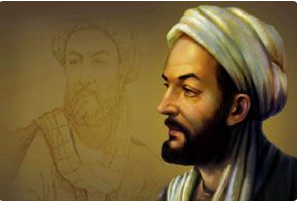
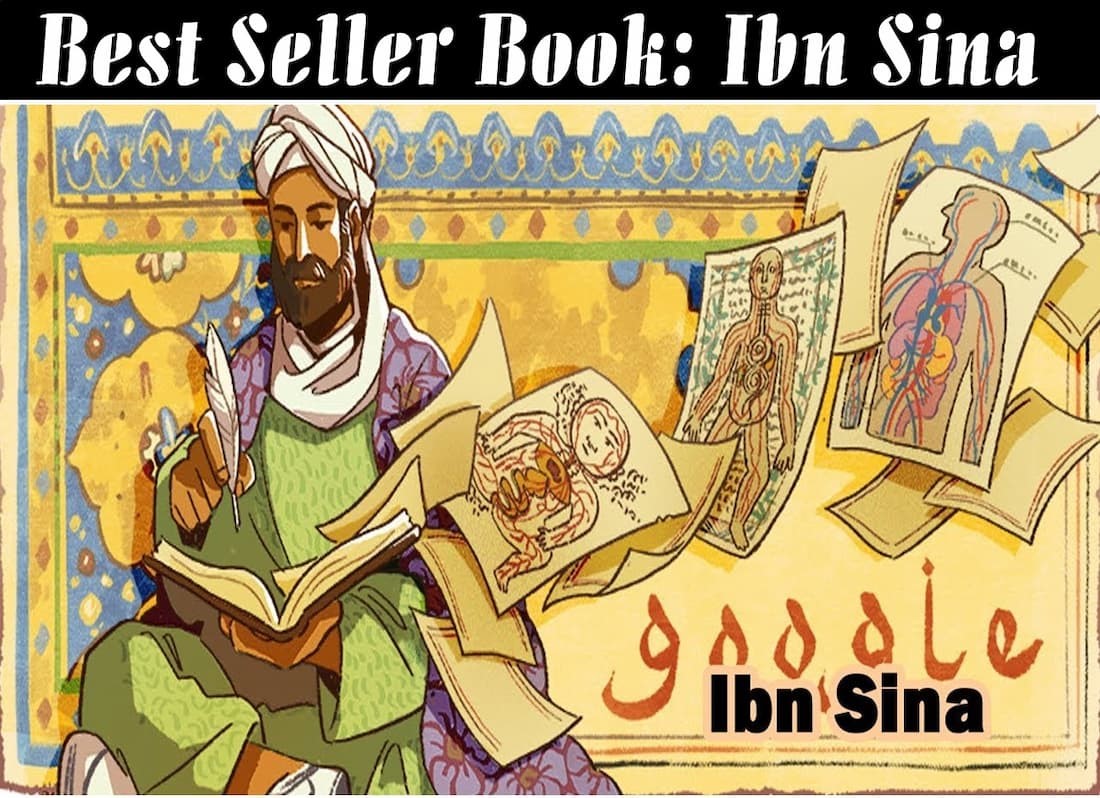

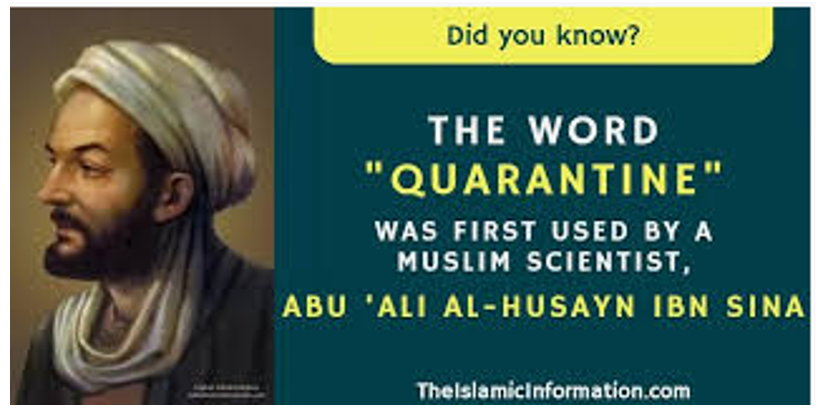
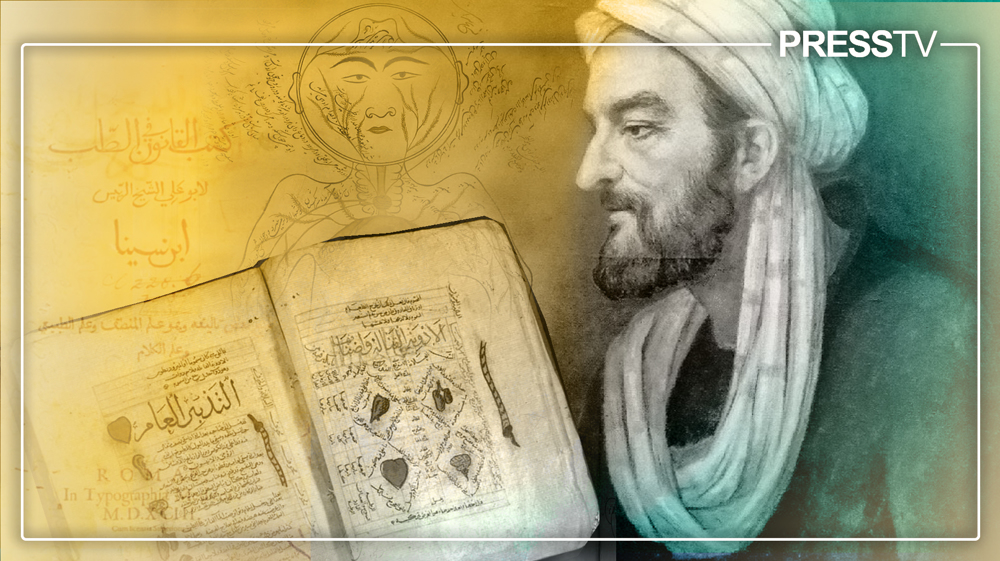
Be the first to comment on "Ibn Sina/Avicenna: Founder of Western Medicine"